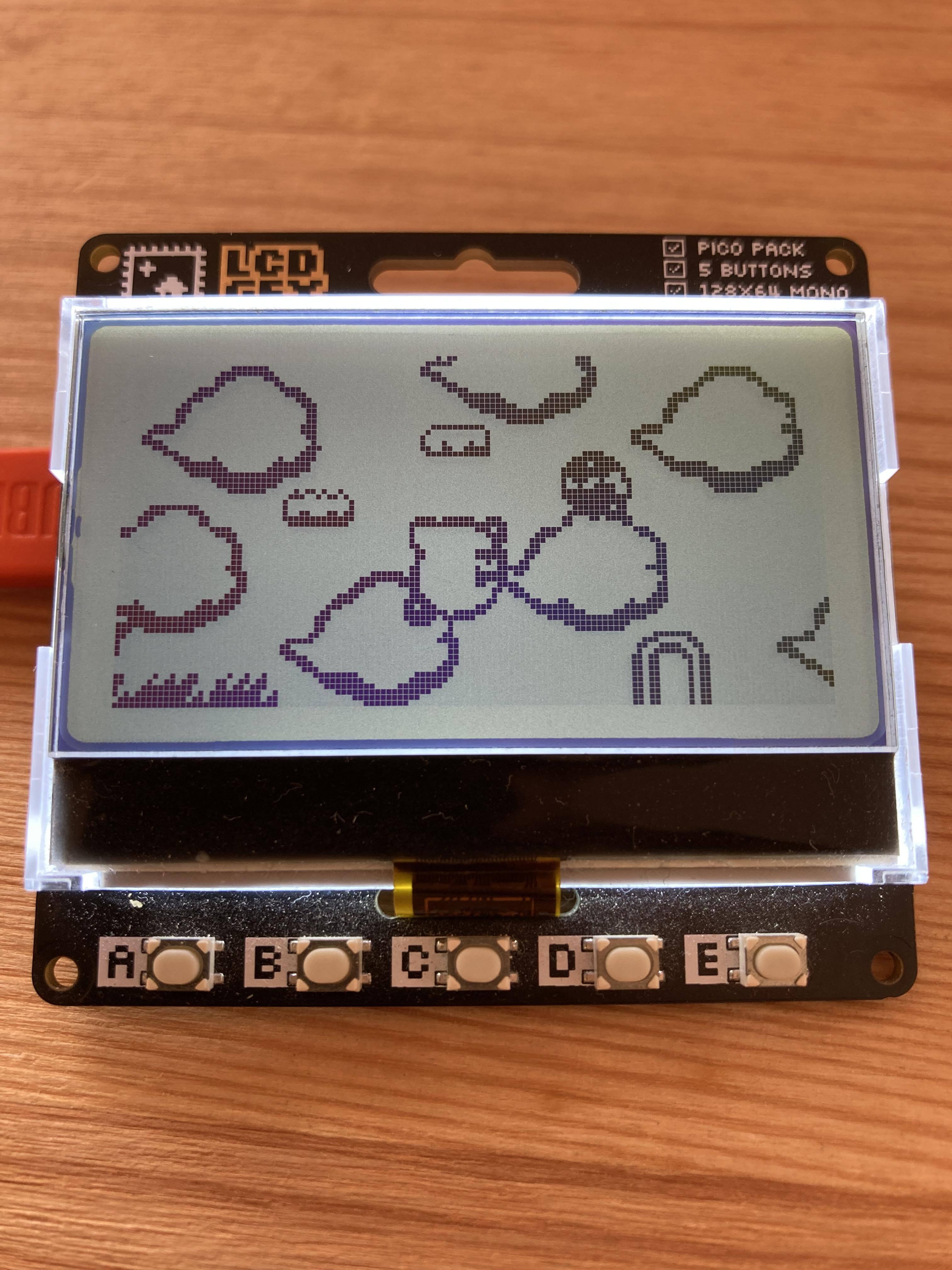Embedded programming and micro controllers
2 readers
1 users here now
About embedded programming, micro controllers, ARM Cortex M, RISC-V, Arduino, Micro:Bit, etc.
founded 3 years ago
MODERATORS
1
2
3
4
5
6
7
8
9
10
11
12
13
14
15
16
17
18
19
2
How to easily set up Ada on a new ARM Cortex-M4 device and start a small programme.
(blog.adacore.com)
21
